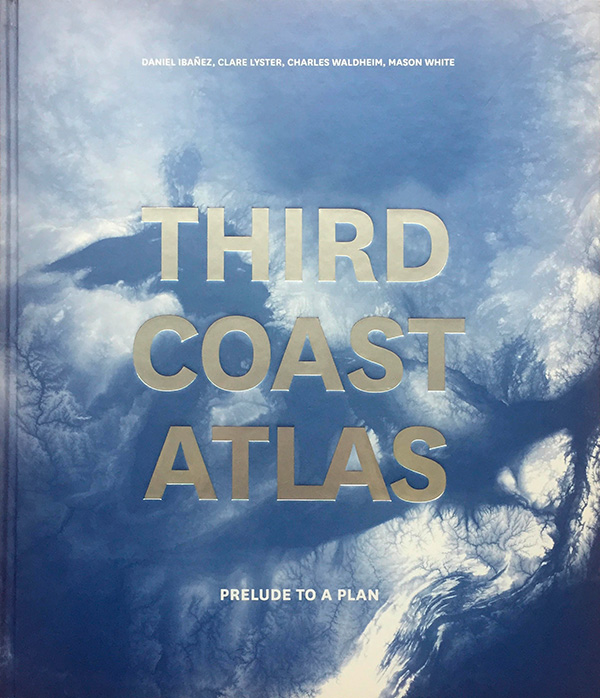Authors: María Arquero de Alarcón and Jen Maigret
Abstract:
When illustrated for children’s textbooks, the water cycle is depicted in a state of perpetual motion. Big blue arrows demonstrate the various states of water as it circulates between the sky and two pristine conditions of land and ocean. In the official US Geological Survey (USGS) illustration, precipitation flows down the glacial peaks of a volcanic mountain range into a turquoise-blue ocean while simultaneously infiltrating and recharging the groundwater storage aquifer. In example after example, the representation of water cycle processes are both conceptualized and recapitulated within abstractions of “nature,” devoid of the ubiquitous ground conditions that manifest in constructed places of inhabitation. It should therefore come as no surprise that the water infrastructures within urbanized areas have been largely rendered as autonomous systems designed to efficaciously remove the nuisance of water (specifically wastewater) from our daily experience.
Despite the tremendous amount of effort that has been devoted to making precipitation invisible once it hits the ground, the visual and physical experience of dynamic weather systems are an important reminder that we are, in fact, active inhabitants of the water cycle. This perceptual schism between water, earth, and air is a representational and design challenge even within the region most abundant with fresh water in the world—the Great Lakes Basin. On the ground, a century of engineering paradigms, propelled by the headlong pragmatism of wastewater-treatment industry, have led to infrastructural failures occurring at astounding intensities. Skyward, thunderstorms commonly reach a surprising level of strength with an unpredictable frequency, making these dynamic systems elusive to static quantifications.
